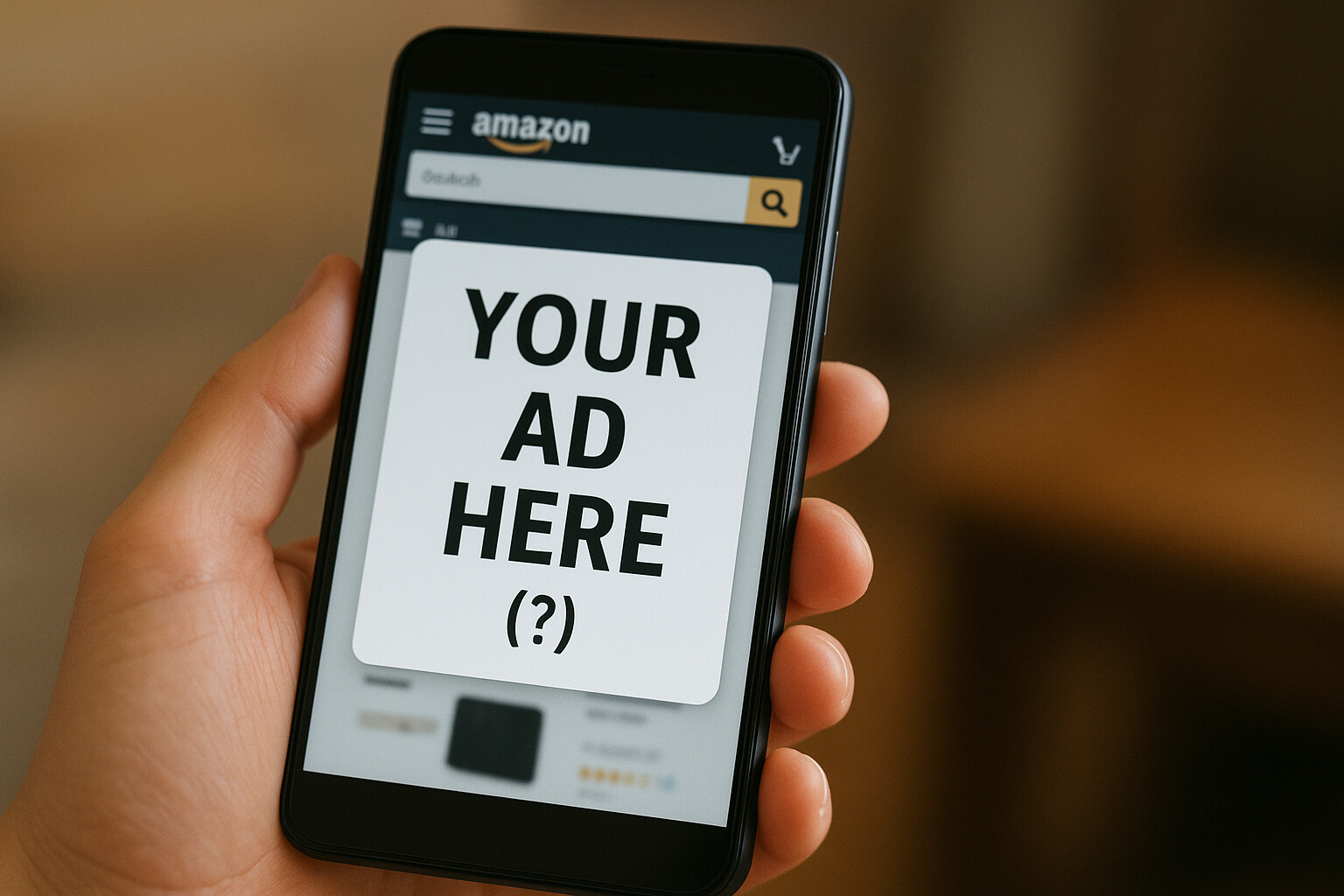The most successful Amazon repricing strategies for retail goods and brands

(Last updated on 31.10.2022) The automated adjustment of product prices has become common among Amazon sellers. In particular, sought-after retail goods can hardly be sold successfully on various marketplaces without a repricing tool. However, the performance of private label products is increasingly supported by a Repricer. This raises the question of whether sellers can use their repricing tool for private labels in the same way they do for their retail goods.
No, of course not.
This is mainly due to how Amazon sorts products on its marketplaces. Instead of creating a separate product detail page for each offer, Amazon consolidates offers from different sellers of the same product on one product detail page. When a customer makes a purchase, only the seller who currently has the best offer and has won the Buy Box receives the sale.
However, who wins the Buy Box is recalculated by the algorithm in the background repeatedly. Key factors include shipping time and price, for example. Because the latter can be influenced quite well, price adjustment has become an established practice with which sellers try to win the Buy Box and thus capture as many sales as possible.
The small but significant difference
All of this applies particularly to retail goods, which are characterized by multiple sellers offering the same product. Usually, these are products from larger brands, such as electric toothbrushes from Oral-B. However, the situation is somewhat different for private labels. These are typically offered by only one seller, who is usually also the brand owner. As long as this seller does not resell any of the products to other sellers, they are the only offer on the product listing and therefore automatically have the Buy Box in most cases.
Well, no competition = no benefit for a Repricer. Right? Not quite. While the competition no longer takes place on the listing, it does occur between different listings of similar products, such as leather dog leashes, one from the brand HältGut and the other from the brand LäuftGut. Both receive a separate listing but compete for the purchasing willingness of Amazon customers as well as for a good ranking within the search results in Amazon search. In addition to search engine optimization, price is again an important factor in whether a product listing appears high in the search results or sinks quietly into the depths of Amazon.
How can a Repricer now effectively support both retail goods and private labels in price adjustment?
Strategies in Comparison: Optimization for the Buy Box, cross-product, sales, and time-based strategies
In the following, we would like to introduce you to three strategies that the SELLERLOGIC Repricer offers and that are available to every customer at no additional cost. They can be applied to both individual products and product groups.
#1: Buy Box Optimization
Fact is: 90 percent of all sales take place through the shopping cart field. Those who own the Buy Box therefore capture the majority of sales, and thus the Buy Box strategy is the centerpiece for all sellers of merchandise. The special thing about the SELLERLOGIC Repricer is, however, that it does not solely rely on the lowest price to win the Buy Box. Once this goal is achieved, the tool does not stop optimizing, but instead works to raise the price again to maintain the Buy Box at the highest possible price. As a result, merchants not only sell more but even at higher prices and higher margins.
By the way: Through the approach of the SELLERLOGIC Repricer, even the Amazon internal price range can increase, which is assigned to each product based on the set offer prices. This price range regulates, for example, how high or low an offer can be priced to qualify for the Buy Box. This means that the use of an Repricer can help to fundamentally raise the price of a product.
#2: Cross-Product Strategy
The purchasing decisions of Amazon customers are heavily dependent on the product price. If similar products are offered by other providers – and this is usually the case – it makes sense for manufacturers and private label sellers to conduct a price comparison and make corresponding price adjustments. This ensures that the product price remains attractive, leading to higher sales figures and better ranking in Amazon search.
With the cross-product strategy of SELLERLOGIC, a selected product can be compared with up to 20 similar competitive products and adjusted in price accordingly. Sellers specify which products to compare based on the ASIN and set the price gaps to the stored products. The Repricer then regularly checks the competitive prices and makes price adjustments if necessary.
The application of the cross-product strategy not only ensures an attractive pricing structure but also prevents pricing that is too low and the associated margin losses.
#3: Sales and Time-Based Strategies
Through the Push optimization, merchants can adjust their price based on the sold quantities. Especially private label sellers need to be able to manage their selling prices over a longer period to influence the demand for a product.
As an example: If sales figures increase, the price can be gradually raised based on this increase, for instance by five percent for every 30 units sold. Various rules can also be combined, such as the price increase being proportionally higher the more items of a product have already been sold. Conversely, the reverse case can also be established: after X units sold, the price decreases by Y percentage points.
The Daily Push optimization is also based on sales figures; however, the product price is reset to a predetermined starting price daily at midnight or at a desired time. In this way, merchants can, for example, offer the desired minimum quantity at a reduced price at the start of the day and then raise the price.
#4: Manual Strategy
Every Amazon business is different, and a good repricing tool should be flexible enough to accommodate this individuality. Private label sellers and merchants of merchandise benefit equally from such optimization. With the SELLERLOGIC Repricer, users can, for example, target the lowest-priced competitors, those defined in the “whitelist,” or all other competitors not excluded by the “blacklist.”
Many different factors can be included for this:
Conclusion: Repricing for merchandise and private labels
Repricing is not a matter of product type, but works for both merchandise and private labels (manufacturers). However, there are some differences to consider, as it is of little use to optimize for the Buy Box when selling one’s own private label product.
Merchandise sellers, on the other hand, are well advised with a Buy Box optimization, either fully automated or individually configured. Cross-product, time-based, and quantity-based strategies are more suitable for products that are offered by only one seller.
In any case, marketplace sellers should ensure that they use a dynamic Repricer that also raises prices instead of only lowering them, so that there is not just a price decline.
Image credit: © VectorMine – stock.adobe.com







